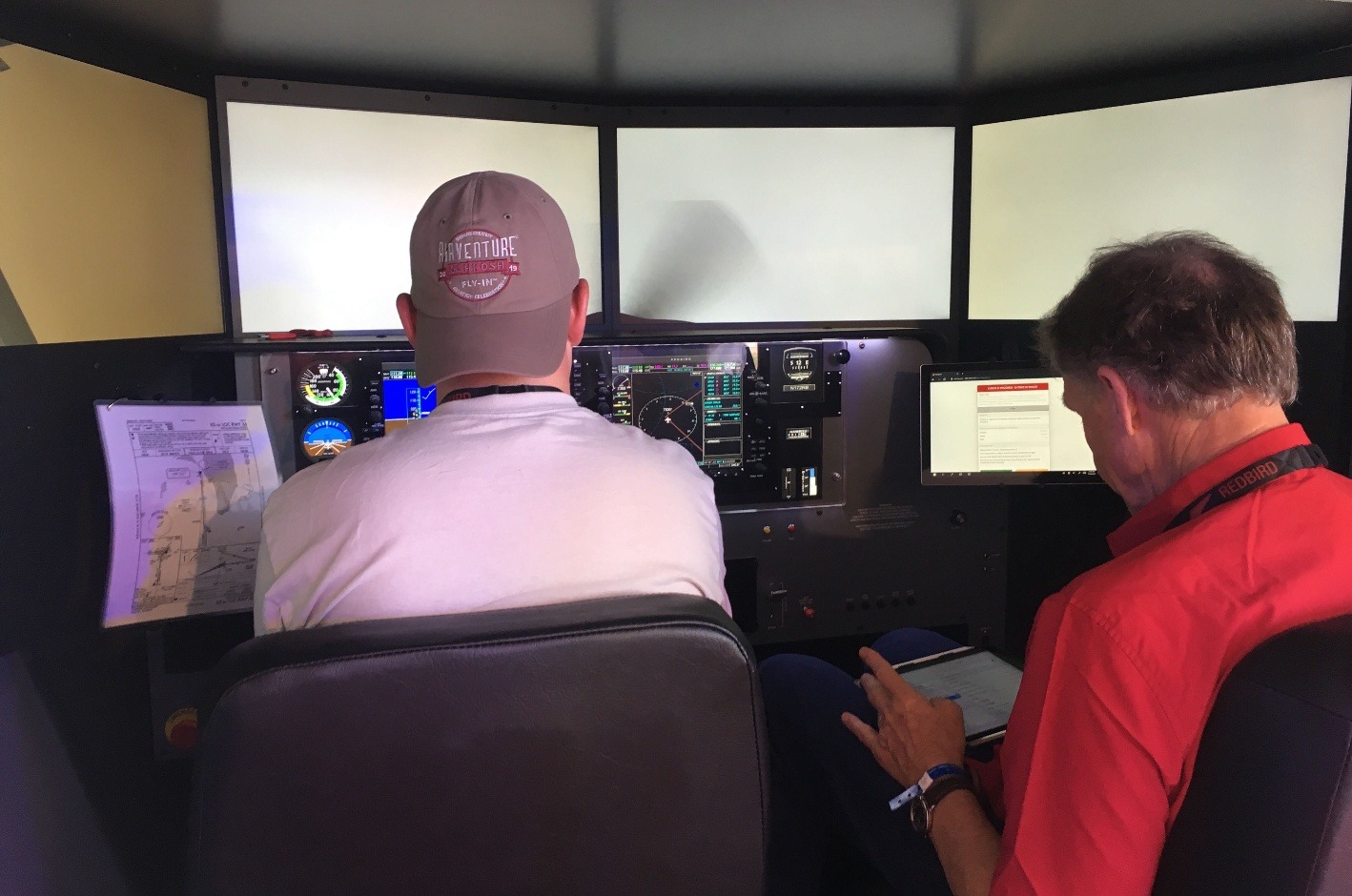3 Tips to Consider if You're Thinking about an Instrument Rating
Obtaining your private pilot license will be one of the most memorable experiences in your life. Maybe it is the gateway to a new career or just a lifetime of adventure with family and friends. However, with all the new-found freedom your PPL grants you, undoubtedly you will find the restrictions can be frustrating at times. Living in central Texas I have had the all too common experience of morning low clouds and ceilings ruin what would otherwise have been a smooth and enjoyable flight to grab some lunch with friends. It wasn’t long in my instrument training that I realized how much the skies would open for me once I was able to fly in instrument meteorological conditions (IMC). In addition to flying in clouds, I discovered that becoming an instrument rated pilot made me a more precise pilot and expanded my situational awareness capabilities.
Nearly every single pilot will have stories about what they would have done differently in training after the fact. I am one of those pilots that learned a lot of lessons the hard, and expensive, way during my primary training. I took those lessons learned into my instrument training. Thankfully my instrument training and check ride was a polar opposite experience from my private pilot rating. There were a few key factors as to why that was the case and I would like to share those with you. Though there will be many factors for you and your training goals, I hope you find these three tips useful.
Choose Your Instructor Wisely
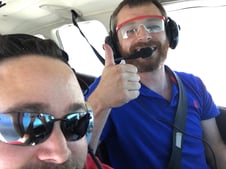 This may be the most important decision you make as a pilot looking to earn a new rating. It is understandable to want to trust anyone with a flight instructor credential behind their name, especially when your new to the aviation community, but remember, the instructor should work for you. In my primary training, I didn't set personal goals and didn’t have a solid idea of what to expect from my instructor and I paid the price. For my instrument training, I set a few goals. Even though I was doing my training as Part 61, I wanted a structured training program where I could see what topics/tasks needed to be covered and when. I wanted to use simulators in my training and I wanted an instructor that taught to my learning style. When I knew I had an instructor that was aligned with my goals, the rest was easy.
This may be the most important decision you make as a pilot looking to earn a new rating. It is understandable to want to trust anyone with a flight instructor credential behind their name, especially when your new to the aviation community, but remember, the instructor should work for you. In my primary training, I didn't set personal goals and didn’t have a solid idea of what to expect from my instructor and I paid the price. For my instrument training, I set a few goals. Even though I was doing my training as Part 61, I wanted a structured training program where I could see what topics/tasks needed to be covered and when. I wanted to use simulators in my training and I wanted an instructor that taught to my learning style. When I knew I had an instructor that was aligned with my goals, the rest was easy.
Use Simulators
Though hour for hour, a simulator may not be much cheaper than operating an airplane in some cases, it is far more valuable. The efficiency and effectiveness of training in a simulator was paramount to my success in performing maneuvers in the air. In one hour of the sim, I was working and mastering tasks that would have taken almost 3 hours in a plane. Not to mention, the mental task load for a new instrument student is unlike anything a private pilot has experienced. The ability to pause the flight at task saturation and discuss the solution with the instructor, and then try again was an incredible learning experience. My first 6 hours of instrument training was in a Redbird FMX and when I got into the airplane the first time it felt like I had 15 hours of training experience already. Lastly, make sure you choose an instructor that has taught in simulators previously and truly understands how to integrate them into a training program.
Related Content: 8 Tips for Teaching in a Redbird Simulator
Get in Actual IMC During Training
Flying under the hood will be the bulk of your instrument training. So much flying under the hood 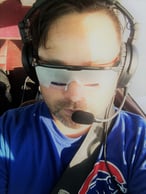 in fact, you will want to throw away your foggles in the end. If you don’t know already, flying in actual IMC is a totally different sensation and one that changed my respect for instrument flying. Spatial disorientation and fixating on an instrument is a dangerous reality that I discovered is very easy to fall victim too. Trust me, you do not want your first time flying an actual instrument approach at near minimums to be by yourself, or even worse, with your family on board. Seek out those IMC days to do some actual time in the clouds and the set hard personal minimums with plenty of safety margin until your proficiency increases.
in fact, you will want to throw away your foggles in the end. If you don’t know already, flying in actual IMC is a totally different sensation and one that changed my respect for instrument flying. Spatial disorientation and fixating on an instrument is a dangerous reality that I discovered is very easy to fall victim too. Trust me, you do not want your first time flying an actual instrument approach at near minimums to be by yourself, or even worse, with your family on board. Seek out those IMC days to do some actual time in the clouds and the set hard personal minimums with plenty of safety margin until your proficiency increases.
My instrument rating has been the most challenging and liberating pilot accomplishment yet. Though I had a near perfect experience in my instrument training, I learned a few smaller things I will adjust in future training. No matter the rating however, flight training is a serious investment of your time and money that in the end is the foundation of keeping yourself and passengers safe. If you treat your training decisions and flying with that in mind you will have some of your greatest aviation adventures ahead of you.
Top Photo by Paul Gilmore
Share this
You May Also Like
These Related Articles
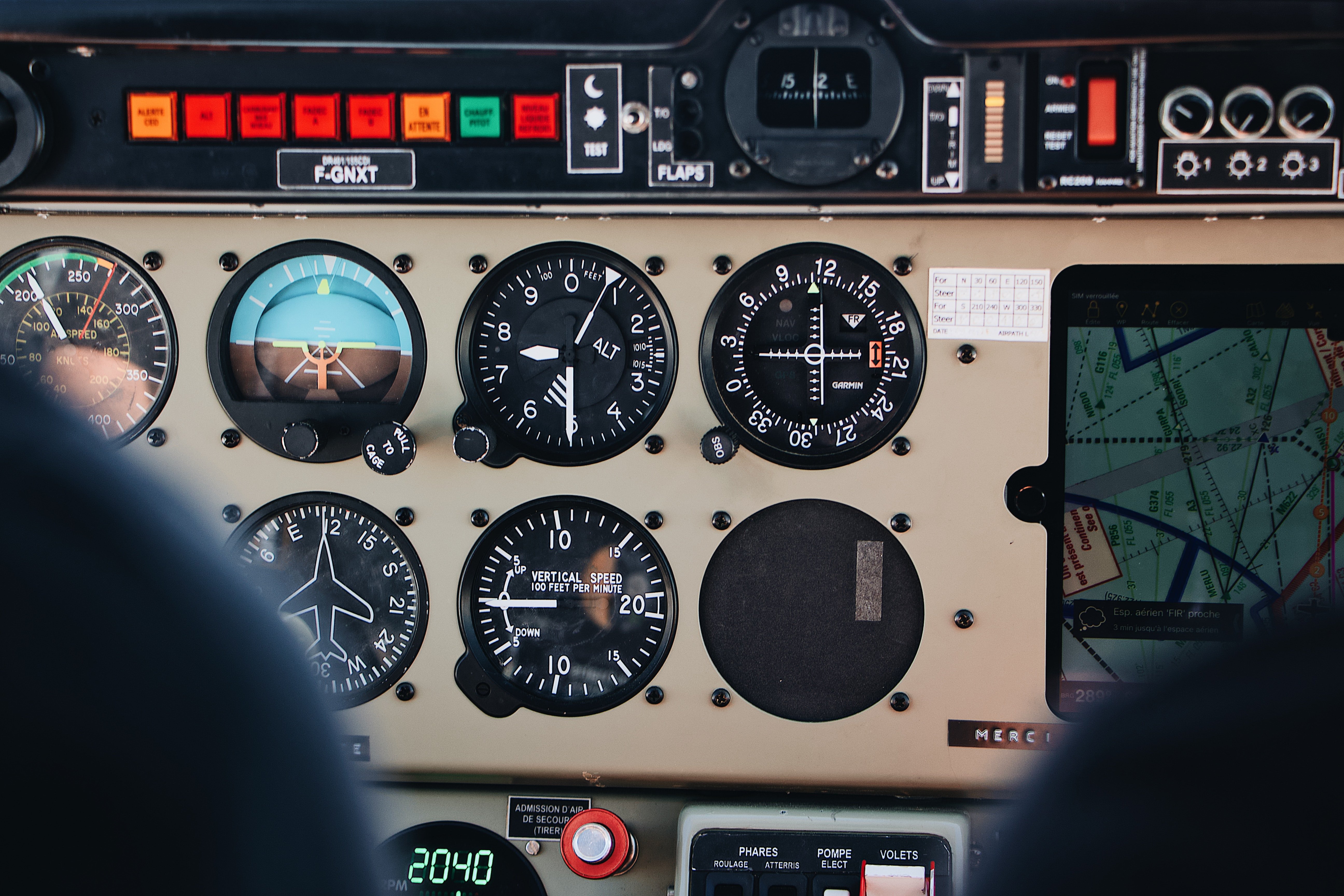
Performing a Thorough Instrument Cockpit Check
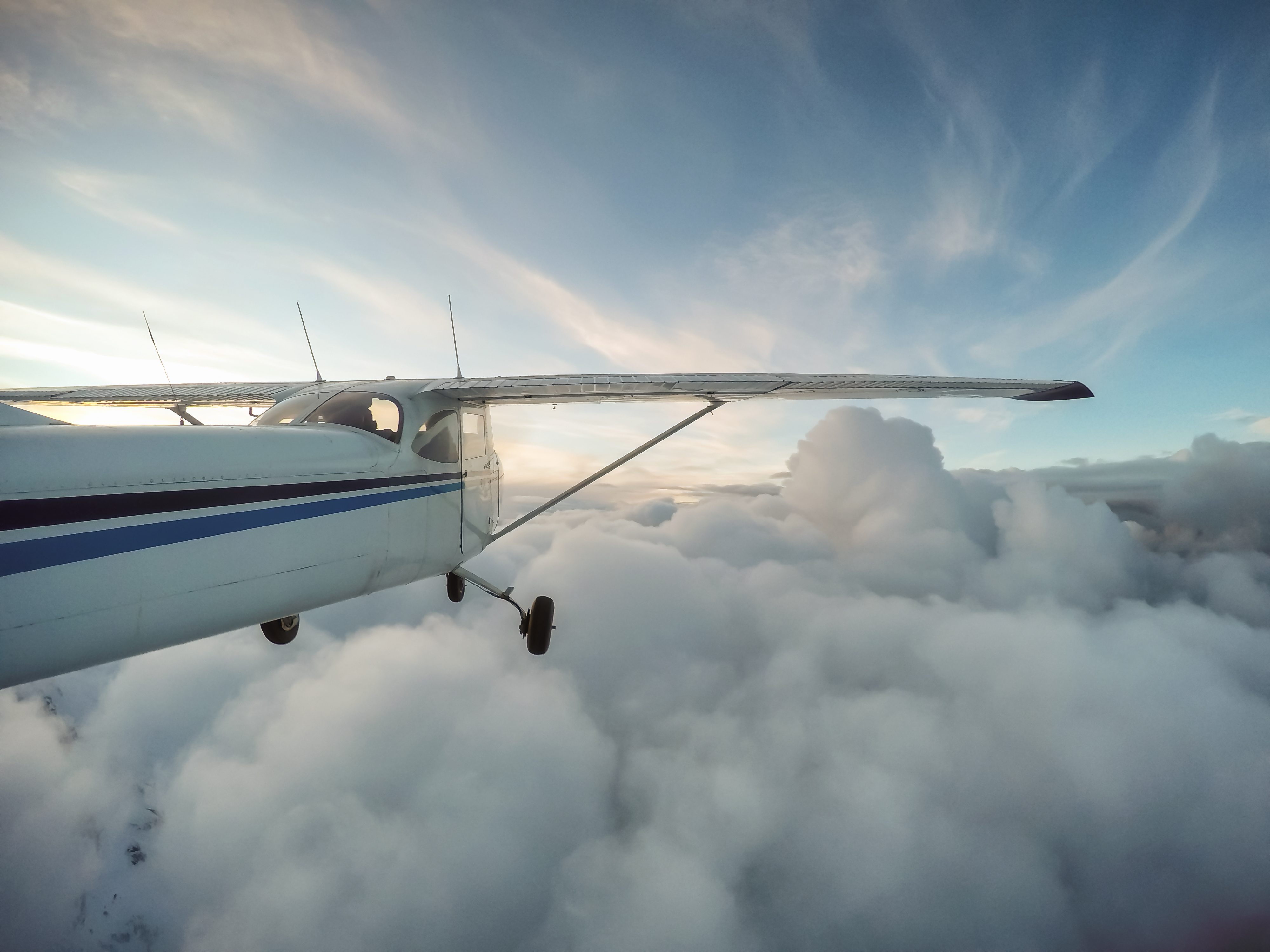
10 Essential IFR Cross-country Flight Planning Tips
